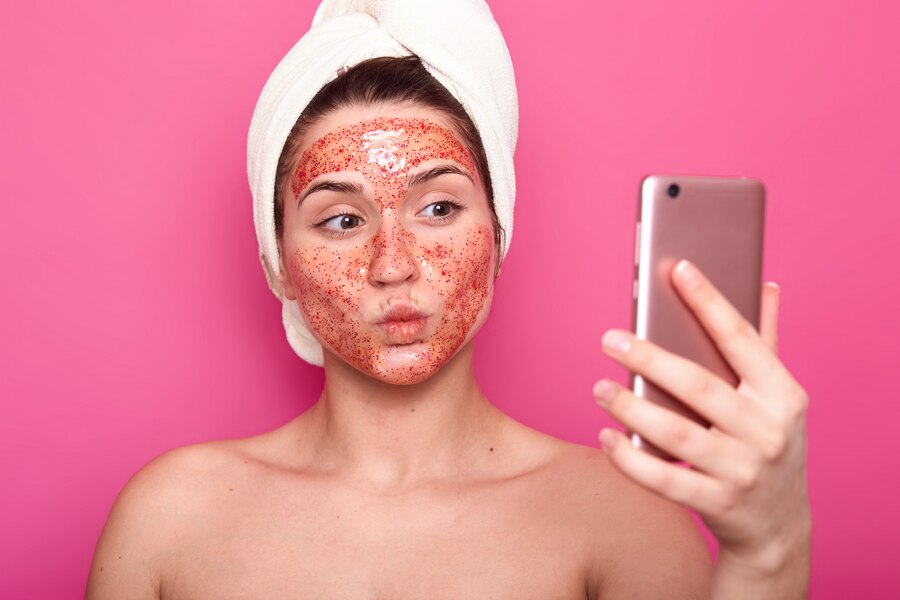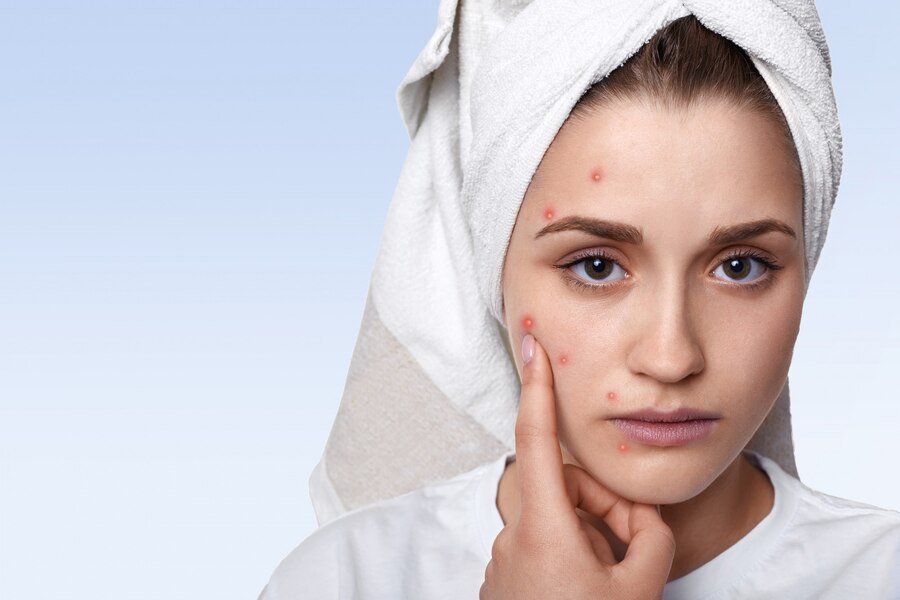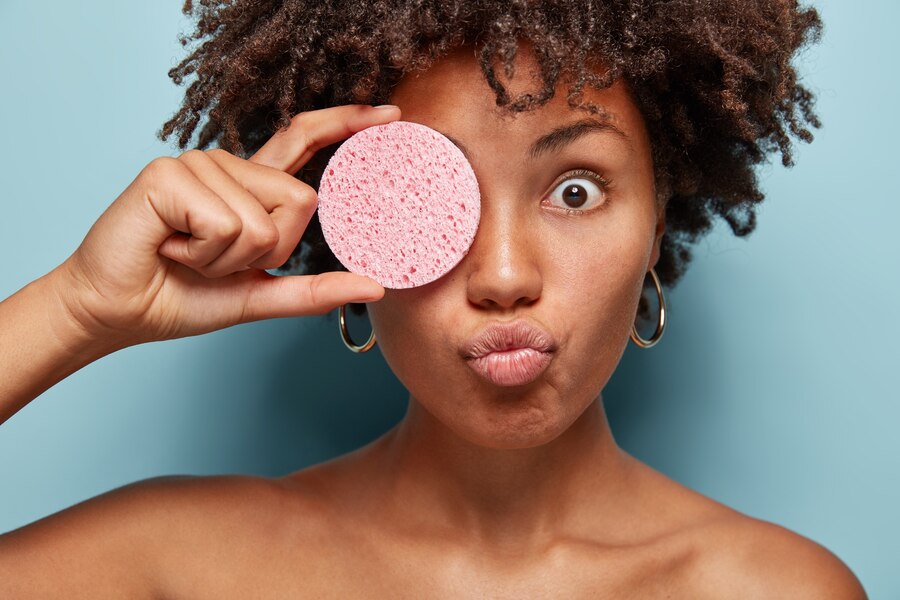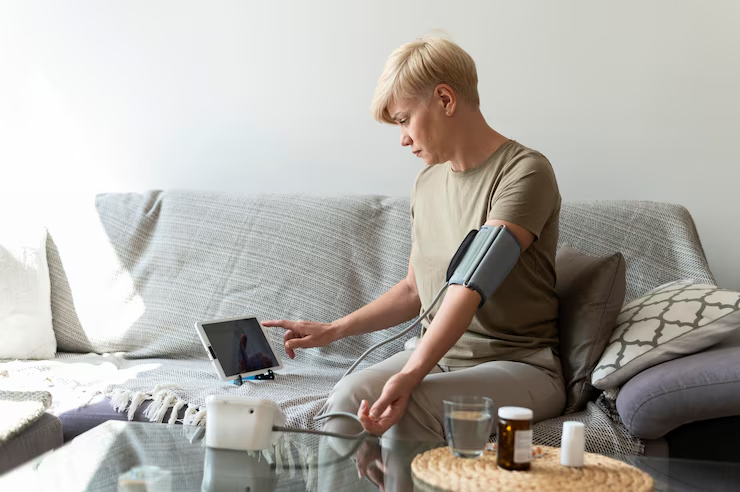Table of contents
When we think of skincare, we usually imagine topical creams, serums, and lotions. But what if the solution to stubborn skin conditions lies within? More and more people are turning to CBD oil internally for skin issues, finding that supporting the body from the inside out can create noticeable and lasting skin improvements.
CBD (cannabidiol) is a non-intoxicating compound found in the hemp plant. While it’s widely used in topical skincare, many users are now discovering the benefits of taking CBD oil internally—whether sublingually (under the tongue), in capsules, or added to food or drinks—to promote healthier, clearer skin.
Let’s explore how this powerful compound works from within, what conditions it may help with, and what science says about using CBD oil for skin issues.
How Internal CBD Works for Skin Health

Your skin is your body’s largest organ, and its health is often a reflection of what’s happening inside your body. From inflammation and hormone imbalances to oxidative stress and gut health, internal factors can trigger or worsen skin conditions like acne, eczema, rosacea, and psoriasis.
This is where internal CBD oil can help. When consumed, CBD interacts with the body’s endocannabinoid system (ECS)—a network of receptors that plays a key role in regulating inflammation, immune response, stress, and skin cell production. By balancing internal systems, CBD may address the root causes of many skin issues.
Potential Skin Conditions Helped by Internal CBD Use
1. Acne
Acne isn’t just a surface-level issue—it’s often driven by hormonal imbalances, excess oil production, and inflammation. Studies suggest that CBD can reduce sebum production and provide anti-inflammatory benefits when taken internally, potentially leading to clearer skin over time.
2. Eczema
Eczema is an inflammatory condition that causes dry, itchy, and irritated skin. CBD’s immunomodulatory properties may reduce the overactive immune responses behind eczema flares.
3. Psoriasis
Psoriasis is an autoimmune condition characterized by rapid skin cell turnover. By reducing inflammation and regulating immune function, CBD may help reduce redness, flaking, and discomfort from the inside out.
4. Rosacea
Rosacea is another condition often linked to inflammation and immune responses. CBD may help calm systemic inflammation, reduce flare-ups, and support more even-toned skin.
5. Skin Aging
CBD is rich in antioxidants, which combat free radical damage—one of the main causes of premature aging. By reducing oxidative stress internally, CBD may help slow the appearance of fine lines, wrinkles, and dullness.
Benefits of Taking CBD Internally vs. Topically
| Internal CBD Oil | Topical CBD |
|---|---|
| Targets the root cause of skin issues | Works locally on specific areas |
| Supports immune balance, hormone regulation, and gut health | Best for surface-level relief |
| May improve skin over time with consistent use | Provides faster, localized effects |
Many users find that combining both internal and topical CBD yields the best results for persistent or chronic skin issues.
Best Practices for Using CBD Internally for Skin Health

- Start Low and Go Slow: Begin with a low dose and increase gradually based on your body’s response.
- Choose Full-Spectrum or Broad-Spectrum CBD: These contain beneficial plant compounds like terpenes and minor cannabinoids that enhance results.
- Consistency Is Key: Take CBD daily for at least 2–4 weeks to assess its impact on your skin.
- Support with a Healthy Lifestyle: CBD works best when paired with a nutrient-rich diet, hydration, and good skincare.
5 Frequently Asked Questions (FAQs)
Results vary, but most users notice improvements in skin texture and inflammation within 2 to 4 weeks of consistent internal use.
Yes, CBD is considered safe for most people. However, consult a healthcare professional if you are on medications or have underlying health conditions.
CBD may support hormonal balance and reduce inflammation, both of which are key in managing hormonal acne.
Sublingual (under the tongue) application is the most effective for fast absorption. You can also take CBD capsules or add oil to smoothies or tea.
Absolutely! Using both methods may enhance your results and provide both internal and external support.
Final Thoughts
If you’ve been struggling with stubborn or chronic skin issues, taking a holistic approach may be the key. CBD oil taken internally addresses the root causes of inflammation, immune imbalance, and oxidative stress—helping your skin heal from the inside out.
As with any wellness product, it’s important to use high-quality CBD oil from reputable sources and stay consistent. Paired with a healthy lifestyle, CBD may be the natural skin support you’ve been searching for.





